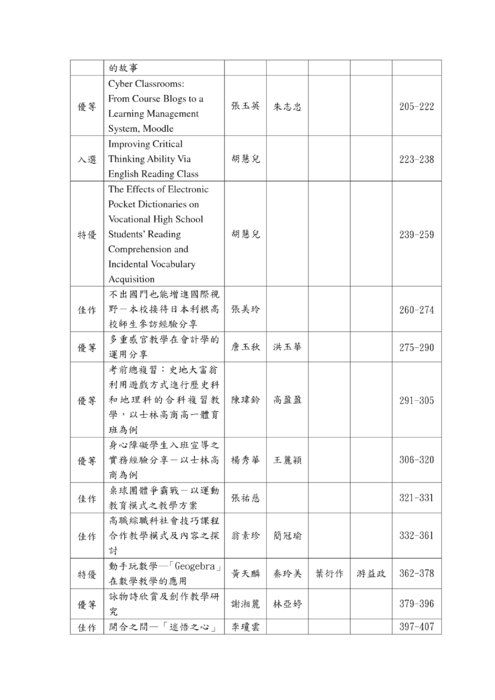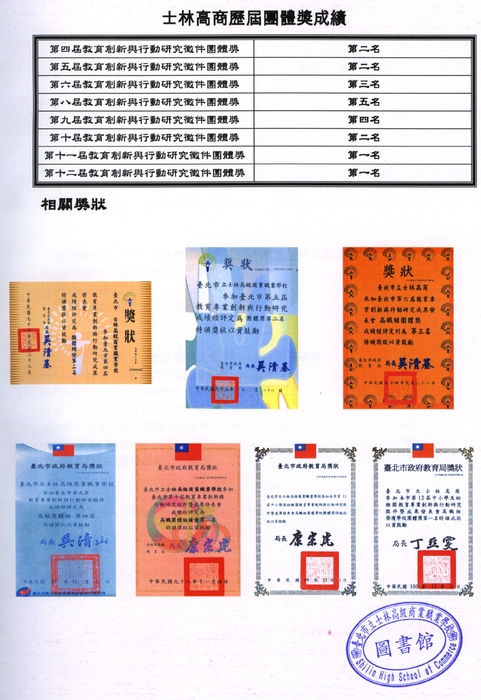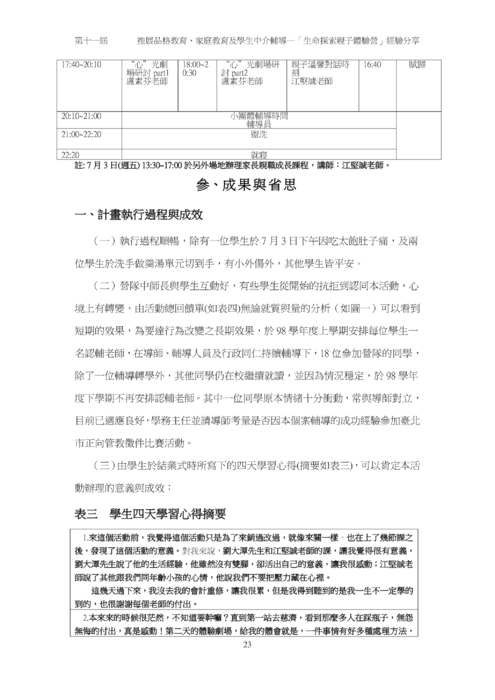Are you searching for 'psych396 lecture 8 explaining gender development and practice test questions'? All the details can be found on this website.
Table of contents
- Psych396 lecture 8 explaining gender development and practice test questions in 2021
- Gender typing
- Gender identity refers to
- What are gender roles
- Is gender biological
- Psych396 lecture 8 explaining gender development and practice test questions 06
- Psych396 lecture 8 explaining gender development and practice test questions 07
- Psych396 lecture 8 explaining gender development and practice test questions 08
Psych396 lecture 8 explaining gender development and practice test questions in 2021
 This picture representes psych396 lecture 8 explaining gender development and practice test questions.
This picture representes psych396 lecture 8 explaining gender development and practice test questions.
Gender typing
 This picture representes Gender typing.
This picture representes Gender typing.
Gender identity refers to
 This image illustrates Gender identity refers to.
This image illustrates Gender identity refers to.
What are gender roles
 This image shows What are gender roles.
This image shows What are gender roles.
Is gender biological
 This picture illustrates Is gender biological.
This picture illustrates Is gender biological.
Psych396 lecture 8 explaining gender development and practice test questions 06
 This picture representes Psych396 lecture 8 explaining gender development and practice test questions 06.
This picture representes Psych396 lecture 8 explaining gender development and practice test questions 06.
Psych396 lecture 8 explaining gender development and practice test questions 07
 This picture demonstrates Psych396 lecture 8 explaining gender development and practice test questions 07.
This picture demonstrates Psych396 lecture 8 explaining gender development and practice test questions 07.
Psych396 lecture 8 explaining gender development and practice test questions 08
 This picture representes Psych396 lecture 8 explaining gender development and practice test questions 08.
This picture representes Psych396 lecture 8 explaining gender development and practice test questions 08.
When do children start to develop gender stereotypes?
Developmental researchers have identified that rudimentary stereotypes develop by about two years of age ( Kuhn et al. 1978 ), and many children develop basic stereotypes by age three ( Signorella et al. 1993 ).
How is dynamic systems theory used in gender development?
Dynamic systems theory is a metatheoretical framework for studying stability and change, which developed from the study of complex and nonlinear systems in physics and mathematics. Some major features and examples show how dynamic approaches have been and could be applied in studying gender development.
How is the development of gender related to free play?
A recent study examined the naturally occurring instances of gender labels (e.g., girl, boy, woman, man, lady, guy) as indicators of knowledge of gender categories and assessed whether the onset of use of these terms related to children's observed free play with toys ( Zosuls et al. 2009 ).
How does a child develop an understanding of gender?
Children first show an understanding of sex differences associated with adult possessions (e.g., shirt and tie), physical appearance, roles, toys, and activities, and recognize some abstract associations with gender (e.g., hardness as male; softness as female) ( Leinbach et al. 1997, Weinraub et al. 1984 ).
Last Update: Oct 2021
Leave a reply
Comments
Raymand
18.10.2021 12:56Evolve gender-sensitive indicators to monitor participation, benefits, the effectiveness of gender equality strategies, and changes fashionable gender relations. If the classroom or lecturing hall is immense, consider whether students in the posterior will be fit to see your demonstration.
Hasty
27.10.2021 11:36Evaluate the potential of the program/project to empower women, computer address strategic gender interests and transform grammatical gender relations.